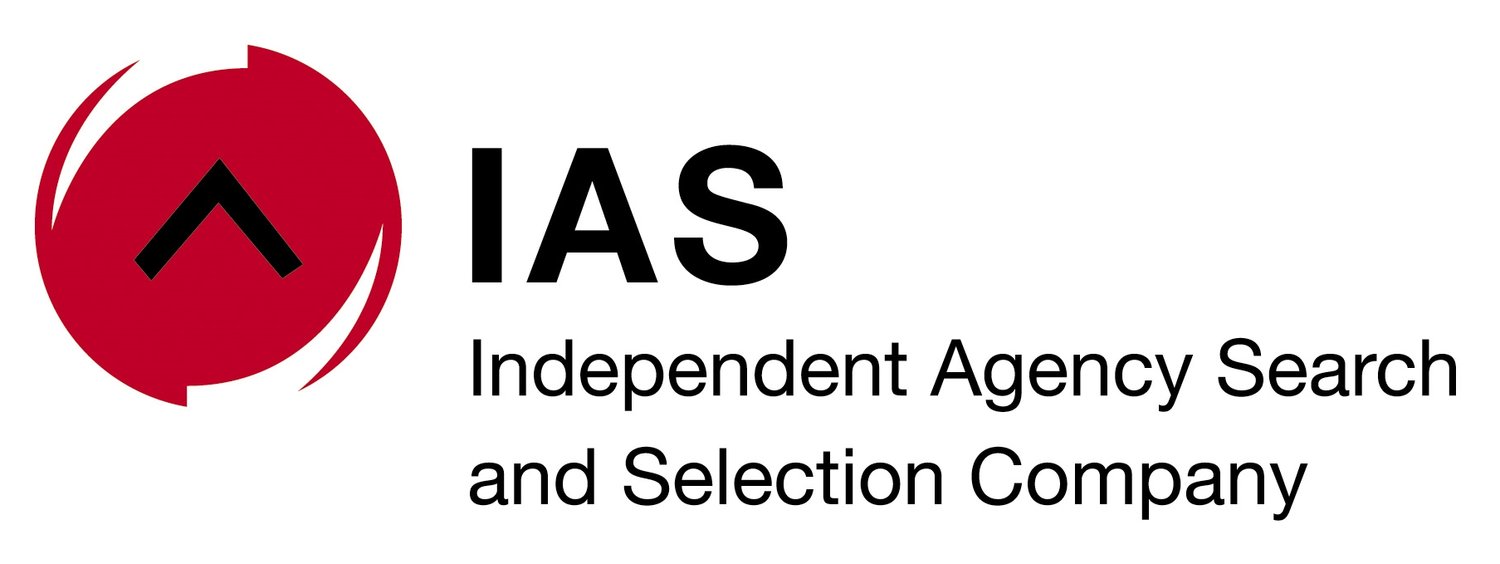These days, advertising case studies are far more sophisticated and elaborate, and include lots of data and results, as well as strategy, creative and so on. But where do the marketers, the clients, fit in?
When I first started reading case studies from agencies as part of their submissions for pitch processes, those case studies were essentially creative content. Indeed, 18 years ago (when I started my company), many agencies hadn’t really started to prepare full case studies for work that they were producing and mainly relied solely on creative showreels.
But what did clients have to do to make campaigns work or launch a new service? And how did they tackle the logistics inside their organisations to make it all happen on time and in time? It seems to me that agency case studies would have even more authenticity if we heard directly from clients what their roles had been in helping all the work to succeed.
Why?
For several reasons:
It adds to the reality and authenticity of the case
It means that the client concerned has seen the case study and approves of it
For other brands or clients reading the case study, they have a much better idea of what’s possible with client input
The “behind the scenes” aspect adds a real learning opportunity to the case for both agency teams and clients reading the content
Marketers relate to marketers
I often hear marketers commenting when reading case studies that they could never relate to a particular case or that it wouldn’t have been possible in their own organisations. Sometimes, this could be because of the nature of the brand or service that’s featured in that case. More often than not, it’s because there’s no explanation of what a particular marketer had to do in order to fulfil the needs of the particular case being viewed.
Some years ago, at one of the AdForum Worldwide Summits in New York, one of the Stagwell agencies presented a case study to us on razors and razor blades, and included the Procter & Gamble client in the session. It was a complex and very successful campaign for the brand, which is in a highly competitive category. P&G took us through all the logistics that had had to be put in place for this campaign to succeed. It shared the highs and lows, as well as where things went wrong but also went well.
That explanation has stayed with me for all these years and I really encourage marketers and their agencies to share more in this particular aspect — but without revealing too many secrets.
Even if those secrets can’t be included in a written case study or in a case study video, it might be worth considering exposing them on a one-to-one basis in a chemistry session. Marketers relate to marketers, and feel comfortable when they’re able to share experiences. Not only will this endorse the success of a case study — and therefore an agency’s work — but it will also endorse that agency/client relationship.
Budgets
Budgets within case studies are also important and this, again, is tricky from a confidentiality point of view. However, when reading case studies, I often hear clients commenting that they wouldn’t be able to afford to run such a campaign or create such a case as their budgets are small when compared to large brands.
Often, agencies can share budgets or budget parameters within those cases that might reflect a very different perspective than the obvious — and incorrect — assumption that a vast production budget was needed. Here, too, the client or brand concerned can talk about how the budget was allocated, and it would add to the authenticity and learning within that particular case study.
Paramount for shortlisting
With agency credentials and case studies being of paramount importance when marketers are shortlisting agencies, it makes sense to enrich these and make them stand out.
Making case studies more meaningful and relevant, so that they resonate with prospective new clients and brands, might require a great deal more effort from the agency concerned but, I’m convinced, will enhance the success rate in new business acquisition and possibly even in awards competitions, where case studies are the backbone of those entries.
You can read this article on line here

